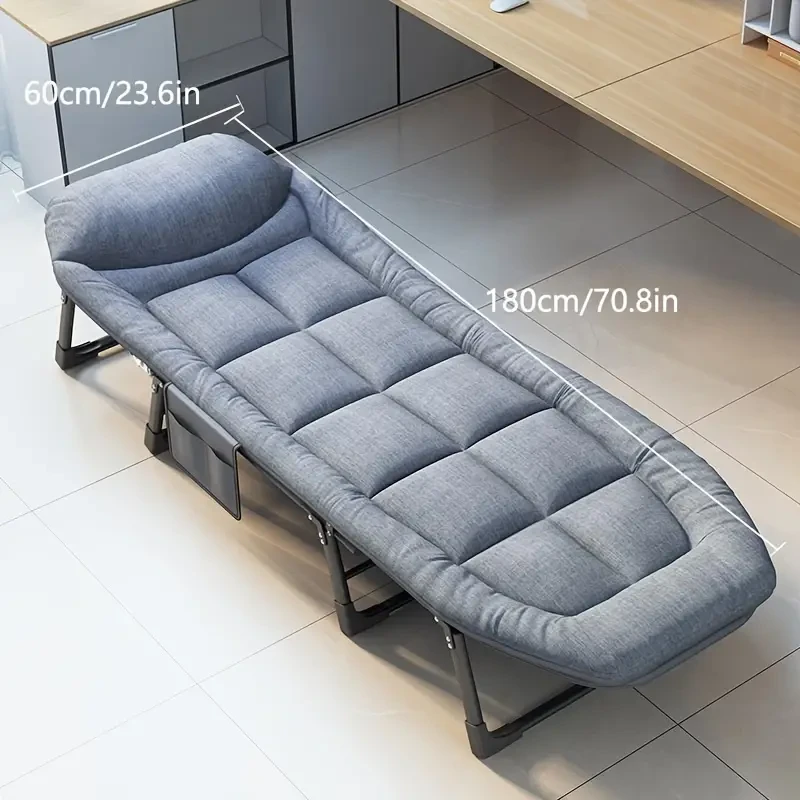




Shoulder Joint Model With Ligament Skeleton Model
Approx $46.70 USD
Introduction to the Shoulder Joint Model with Ligament Skeleton Model
The Shoulder Joint Model with Ligament Skeleton Model is a highly detailed educational tool, designed to demonstrate the anatomy and functionality of the shoulder joint. This model includes not only the bones but also the key ligaments that provide stability and allow movement, making it an ideal resource for understanding how the shoulder functions and the roles of various structures within it. Suitable for students, healthcare professionals, and educators, this model is essential for studying shoulder anatomy and movement mechanics. Perfect for classrooms, clinics, and rehabilitation centers in New Zealand, this model enhances the learning experience by providing a hands-on, three-dimensional perspective on the shoulder joint.
H2: Key Features of the Shoulder Joint Model with Ligament Skeleton Model
1. Realistic Representation of Shoulder Bones and Ligaments
The model accurately depicts the main bones involved in the shoulder joint, including the clavicle, scapula, and humerus, alongside essential ligaments such as the acromioclavicular ligament, coracoacromial ligament, and glenohumeral ligaments. Each structure is carefully crafted to resemble the real anatomy of the shoulder, allowing students and professionals to study the joint's intricate details and understand how these components work together.
2. Durable and High-Quality Materials
Made from high-grade, non-toxic materials, this model is designed for durability and withstands regular handling in educational and clinical settings. Its robust construction ensures that it remains intact even with frequent use, making it ideal for anatomy classrooms, orthopedic clinics, and physical therapy centers. This quality and durability provide an excellent resource for long-term educational use in New Zealand’s medical institutions.
3. Color-Coded Ligaments for Easy Identification
To facilitate learning, the model includes color-coded ligaments that make it easy to distinguish between different connective tissues. This color-coding aids in identifying each ligament’s role in stabilizing the shoulder joint, making it easier for students to understand their functions. This feature is especially beneficial for visual learners, enhancing comprehension of the joint’s structure and promoting effective memorization.
4. Functional Movement to Demonstrate Joint Mechanics
The Shoulder Joint Model includes movable parts that simulate the shoulder’s range of motion, such as abduction, adduction, flexion, and rotation. This functional movement allows students to observe how the shoulder joint operates, helping them understand the role of ligaments in maintaining joint stability while allowing a wide range of movement. This hands-on feature brings the anatomy of the shoulder to life, providing a dynamic learning experience.
5. Compact and Display-Ready Design
With a compact design, the Shoulder Joint Model is easy to display on desks, shelves, or demonstration areas without taking up too much space. Its stable base ensures that the model remains secure during demonstrations, making it convenient to move between different teaching or consultation areas. This display-ready design makes it ideal for classrooms, clinics, and training environments, providing flexibility in its use.
6. Ideal for Medical Training and Patient Education
Beyond classroom use, the model is an excellent tool for patient education in orthopedic and physical therapy settings. Healthcare providers can use it to explain common shoulder injuries, such as rotator cuff tears or ligament sprains, and discuss treatment options with patients. The model provides a clear visual aid that helps patients understand the mechanics of their shoulder joint, fostering better communication and engagement.
H2: Why Choose the Shoulder Joint Model with Ligament Skeleton Model?
1. Essential for Anatomy and Health Education
This shoulder model is essential for teaching shoulder anatomy, especially in medical and health science programs. For students studying orthopedics, sports medicine, and physical therapy, it provides a realistic visual representation of the shoulder joint’s complexity, bridging the gap between textbook knowledge and practical understanding. This model enhances anatomy lessons, making shoulder mechanics more accessible and engaging.
2. Perfect for Orthopedic and Physical Therapy Training
In orthopedic and physical therapy training programs, this model is invaluable for understanding shoulder joint mechanics and common injuries. Trainers can use it to illustrate conditions like ligament tears, joint dislocations, and impingement syndromes, providing students with a hands-on tool for understanding diagnosis, treatment, and rehabilitation. For New Zealand’s healthcare training programs, this model is a key resource that supports advanced learning in joint health and musculoskeletal therapy.
3. Interactive Tool for Visual and Kinesthetic Learners
The Shoulder Joint Model caters to both visual and kinesthetic learners, making it versatile for different learning styles. The color-coded ligaments enhance visual learning, while the movable parts allow kinesthetic learners to engage directly with the model. This interactive approach makes it easier to understand and retain knowledge about shoulder anatomy, function, and movement.
4. Useful for Exam Preparation and Practical Assessments
For students preparing for exams or practical assessments, this model serves as a valuable study aid. Its realistic design and labeled ligaments make it easy to review and memorize key structures and movement mechanics, reinforcing anatomical knowledge. Medical and physical therapy students can use this model to prepare for assessments, gaining confidence in identifying and explaining shoulder joint anatomy.
5. Educational Display for Clinics and Classrooms
Beyond its educational function, the Shoulder Joint Model serves as an informative display in clinics, classrooms, and rehabilitation centers. In clinical settings, it can be used to explain shoulder mechanics and injuries to patients, enhancing their understanding of shoulder health. In classrooms, it provides students with a tangible reference for exploring shoulder anatomy, creating an engaging learning environment for New Zealand educators and healthcare providers.
H2: Maintenance and Care Tips for Your Shoulder Joint Model with Ligament Skeleton Model
To keep your Shoulder Joint Model in excellent condition, follow these care tips:
-
Dust Regularly: Use a soft cloth or brush to dust the model, especially around the ligaments and movable parts. Regular
cleaning preserves the model’s appearance and prevents dirt buildup.
-
Avoid Excessive Sunlight: Prolonged exposure to direct sunlight can fade colors. Place the model in shaded or indoor areas
to maintain its vibrant appearance and quality.
-
Handle with Care: Although durable, handle the model gently to avoid damaging the ligaments or movable parts. Avoid forcing
the model beyond its natural range of motion to ensure it remains functional.
- Store Properly When Not in Use: When not displayed, store the model in its original packaging or a protective case to prevent dust accumulation and potential damage. Proper storage helps extend the model’s life for long-term educational use.
Product Information:
Environmentally Friendly Pvc Manual Assembly
Material: Pvc
Process: manual assembly with clear structure
List: shoulder joint + base.
Size information:
Size: 17.5x11.5x20Cm










.gif)


















.jpg)



























.jpg)








































.jpg)









.jpg)


ulva-Logo.jpg)



